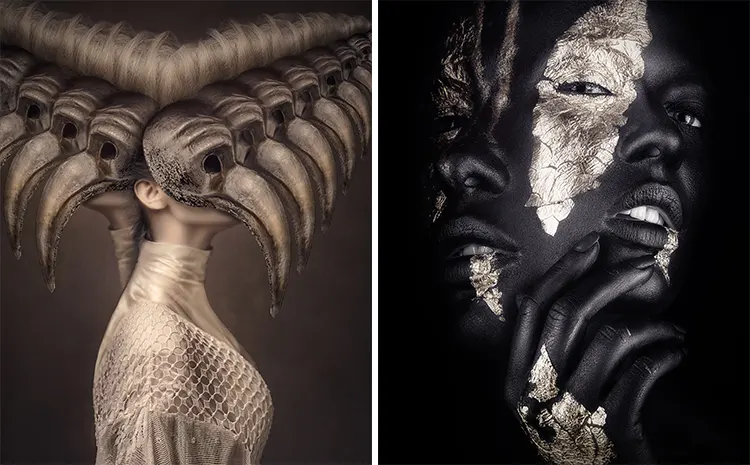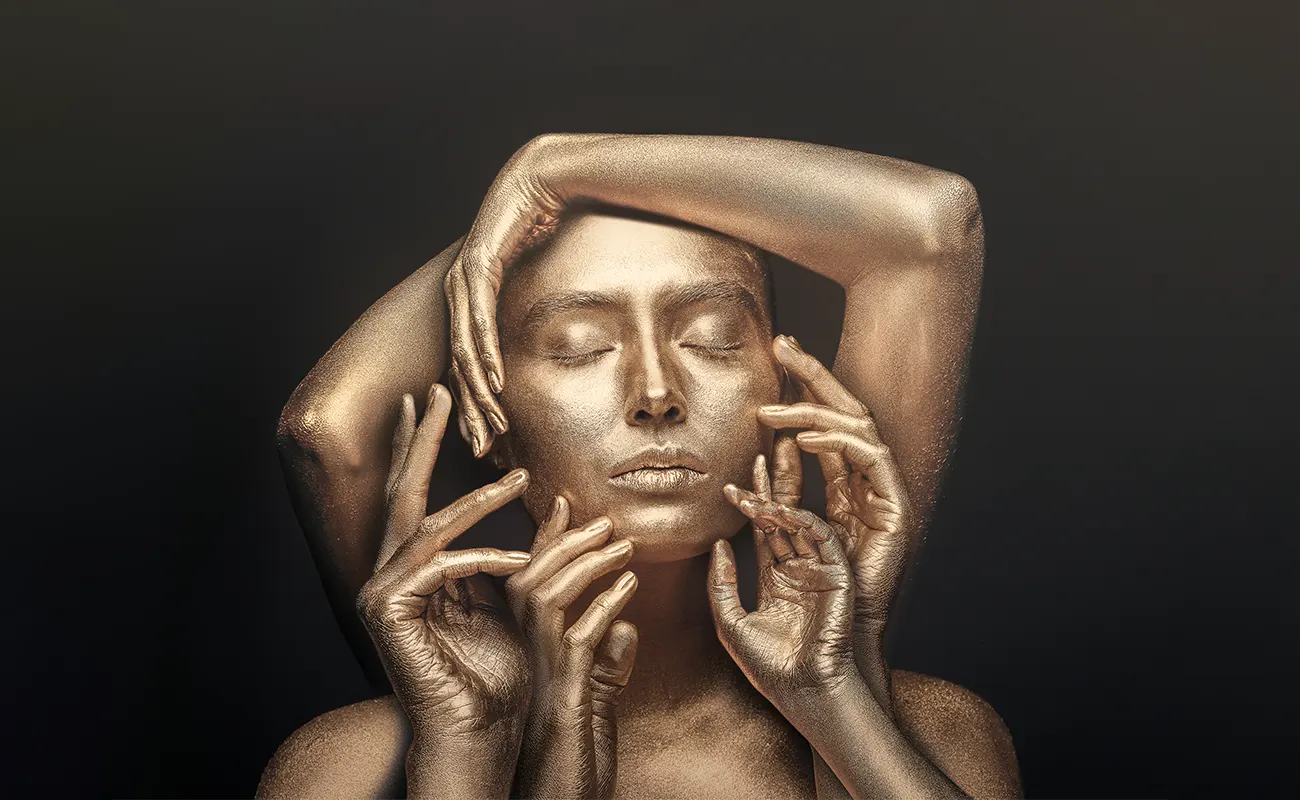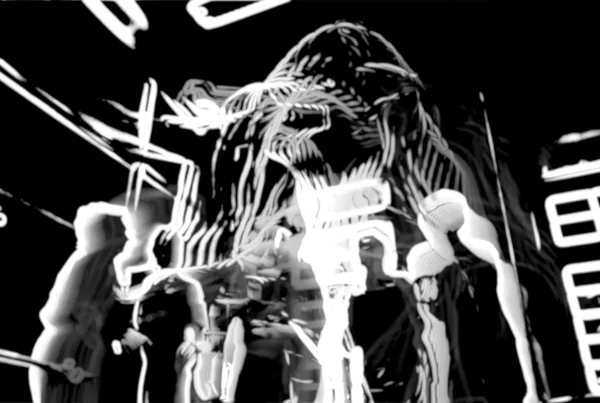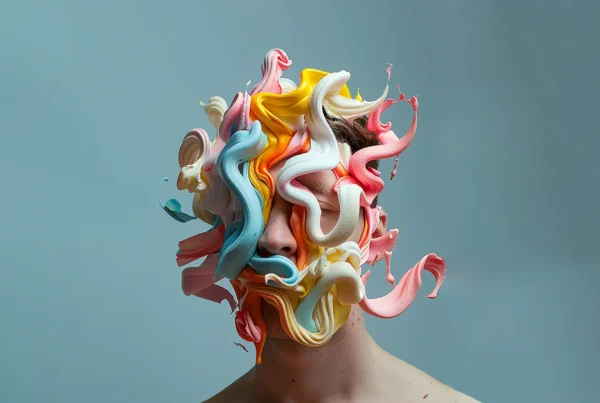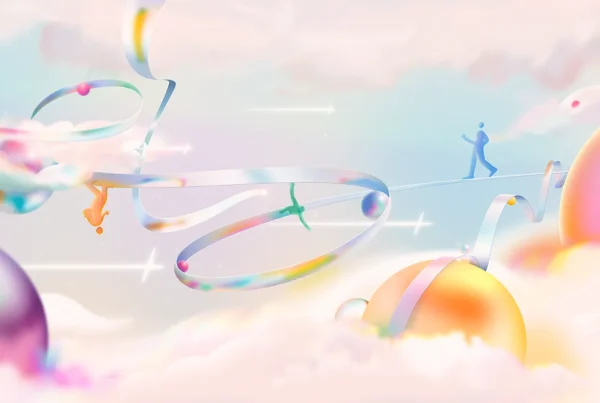“I believe that what children need for education are teachings of ethics and morals, and the art of nurturing a mind that connects with the universe.”
Masaki Hirokawa: A Graphic Artist’s International Spotlight
Masaki Hirokawa, a Japanese graphic artist, has honed a unique expertise in photo collage, a skill that’s placed him in the international spotlight. Exhibitions worldwide have showcased Hirokawa’s esteemed works, validating his mastery with a range of illustrious design awards. International art annuals and specialty graphic magazines frequently feature his extraordinary creations, testament to his sustained influence in the field.
Hirokawa’s artistic prowess is further enriched by his background in system engineering, a discipline he engaged with from the tender age of 21. For over a decade, he has judiciously managed a smartphone application business, an environment that demands meticulous precision and leaves no room for errors.
At the close of 2019, Hirokawa embarked on a journey to create graphics anchored in photo collages. He meticulously manages hundreds of layers in a work, with the combined file size paralleling that of a short film. Adhering to the principles of non-destructive processing, Hirokawa introduces the concept of a timeline into his artistry. The categorization and naming conventions for each layer are inspired by the structures learned from system development, and occasionally, he even exploits software glitches to enhance his creations’ features.
Hirokawa’s ceaseless efforts over the past 11 years have resulted in significant advancements in the smartphone application business, establishing a sturdy foothold in Asian, European, and South American markets. Now, his ambitions lie in conquering the U.S. market, a long-standing aspiration.
Hirokawa’s ability to juggle multiple tasks and analyze data across a variety of fields, skills honed through his diverse professional experiences, naturally extend to his graphic production. The resultant pieces embody an even more exquisite structure, forming multi-dimensional nested sculptures, marking an evolution in his artistic journey.
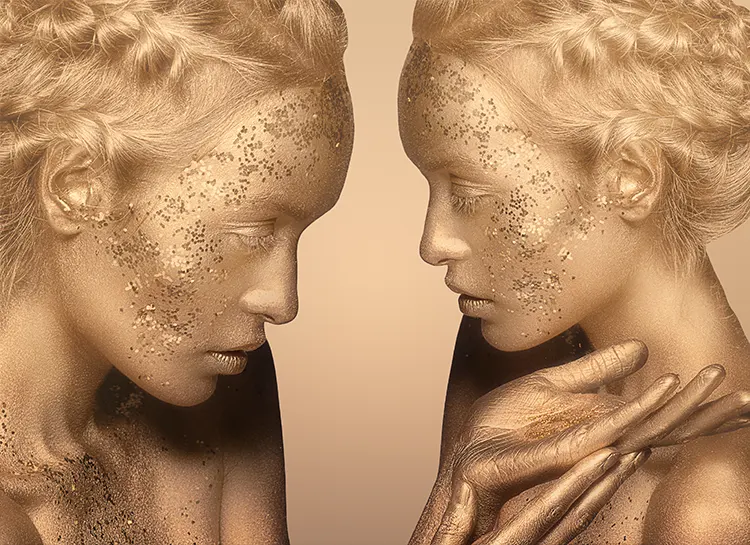
Masaki Hirokawa’s Artistic Evolution: Uniting the Digital and Traditional
Masaki Hirokawa’s fascination with the digital realm commenced in 1997, at the tender age of 16, marking the start of his web design journey. During this phase, the internet became his avenue for exploration and learning, facilitating interactions with numerous professionals, from designers and programmers to artists, thereby broadening his understanding of diverse specialisms.
A major segment of Hirokawa’s career prior to 2019 was dominated by pursuits in interactive movie production, game creation, and app development. While these endeavors were seemingly detached from the world of art, the artist nurtured an underlying aspiration to participate in this domain, kept in abeyance by his rigorous freelance commitments.
A turning point arrived for Hirokawa at the close of 2019, manifesting as an illuminating encounter on the platform of Kichijoji Station in Tokyo. An imposing ring of light appeared in the sky, followed by a non-verbal intention that resonated within him. This inexplicable occurrence, part of which he comprehended in Latin, marked a new phase for Hirokawa, one filled with relentless creation of numerous graphic pieces. This period of immense productivity, he acknowledges with gratitude, opened up a new horizon in his artistic journey.
From an early age, Hirokawa demonstrated a unique rapport with machines. Whether it was understanding their operation upon first sight or diagnosing malfunctioning components merely by touch, Hirokawa’s gift extended to the digital world as well. This keen sense of comprehension enabled him to perceive the hidden processes of software rendering and swiftly locate the source of issues within the code.
Thus, digital media emerged as Hirokawa’s primary conduit for expression. However, his childhood memories also bear testament to his natural affinity for traditional arts, from filling sketchbooks with drawings to learning carpentry under the tutelage of his grandfather, a master craftsman. Even idle moments found Hirokawa engaging in mental arithmetic games, revealing an inquisitive and active mind.
Drawing from his own inspiration, Hirokawa manifests the final image that surfaces in his mind. The captions that accompany his pieces largely result from spontaneous writing. He perceives his finished works as mirrors reflecting the current state of the world, a process that he invests his heart into, right up to the final realization.
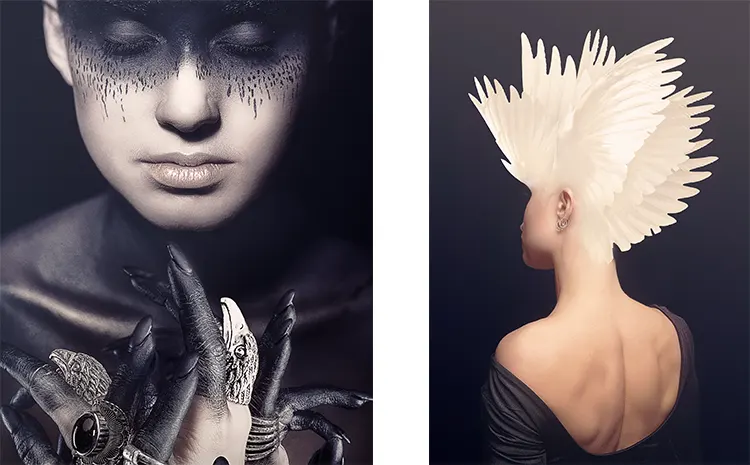
Exploring Surplus Dimensions: Masaki Hirokawa’s Artistic Inspiration
The fascination with surplus dimensions that captivated Masaki Hirokawa was primarily inspired by an aspiration towards divinity, coupled with an interest in the intricacies of general relativity, quantum mechanics, and causal set theory. This fascination eventually led him to delve into the teachings of the Jodo Shinshu Otani-ha sect of Buddhism, a faith held dear by his cherished grandparents.
Hirokawa’s artistic endeavours mainly center around the exploration and expression of surplus dimensions, aiming to bridge the gap between the divine and mundane, reconstructing the delicate relationship between humanity and nature. He harbours the conviction that existence is infinite and the entirety of the universe is interconnected.
Hirokawa’s artistic sensibilities were greatly influenced by the painter Leonor Fini, whose creative work and unbridled lifestyle greatly appealed to him. Additionally, he found inspiration in the aesthetic and structural beauty cohabitating in the work of Hans Bellmer, a former mechanical engineer turned artist. Both these figures were introduced to him through the writings of Tatsuhiko Shibusawa, and Hirokawa engaged heavily with the so-called “heretic” French literature that Shibusawa introduced in his youth.
Perhaps the most profound influence on Hirokawa came from a mentor encountered on the internet at the age of 17. From this mentor, Hirokawa absorbed the notion that art is not an elitist endeavor but rather something that should naturally permeate everyday life. Furthermore, he learned the importance of non-verbal communication mediums as a standard tool for all people.
Hirokawa’s discomfort with the label “artist” has been a constant, seeing it as a term that serves to isolate the individual and estrange artistic expression from the common man.
Among Hirokawa’s body of work, “Bodhisattvas of the Earth” holds a prominent place. A comment he received, claiming that the piece incites a sense of prayer, deeply moved him. Consequently, his works since have increasingly incorporated his own prayer-filled conceptual expressions.

Resilience and Reflection: The Artistic Journey of Masaki Hirokawa
The tumultuous times ushered in by the pandemic paradoxically yielded a certain positivity in the eyes of Masaki Hirokawa. His life, in essence, remained unaffected, yet the overwhelming transformation of the urban landscape stirred melancholic emotions within him. At one point, the artist was poised on the precipice of ceasing his creative endeavors, a decision contemplated within the serenity of a shrine.
Despite this, Hirokawa made the resolution to persist in his artistic journey. On his return home, he immersed himself in his work, resulting in the creation of the art pieces that now hold a special place in his heart. These pieces, a testament to his resilience, were conceived during periods of profound personal reflection at pivotal junctures in his life.
The artist’s workspace is a sanctuary, imbued with an atmosphere of calm and inspiration. Adorning it are Buddha and Dragon God statues, angel figurines, and glimmering crystals. Adding to this eclectic assortment are pieces gifted by a doll-maker friend, serving as ever-watchful companions to the artist.
Hirokawa’s tools of choice, integral to his creative process, include an iMac Pro fitted with a color management monitor, a keyboard and an Aeron chair that have faithfully served him for over a decade, and a third-generation pen tablet. Conscious of his aversion to fluorescent lighting, the artist prefers indirect lighting, which bathes the room in a more soothing glow. To quell the disquiet stirred by utter silence, the gentle hum of music or video consistently resonates within his creative space.
Esteemed as one of the world’s premier smartphone app developers, Hirokawa envisions leveraging AI to scale his business significantly. The resulting assets will be funneled into fostering art projects globally, and making contributions to Buddhism and the Catholic Church. He holds the conviction that, in an era marked by the rapid evolution of AI, children’s education should encompass moral and ethical teachings and encourage the cultivation of a universal, compassionate mindset.
The future will witness Hirokawa’s ceaseless endeavor to refine his artistic expression, striving to bring forth artworks that resonate with beauty and power. His method may predominantly involve traditional brushwork, and though he eschews the incorporation of AI in his artistry, he aims to infuse his creative process with the potency of prayer. His loftiest ambition is to construct pieces that guide their beholders towards happiness, serving as conduits to universal peace.
